Choreographic Devices with Photo Examples
Mix up your movements using these choreographic devices and it will be almost impossible to run out of ideas when creating your dance!
1) Retrograde – perform it backwards, like a movie running from the end to the start. A simple example of retrograde would be walking three steps forward (right foot, left foot, right foot), then three steps back (right foot, left foot, right foot)
2) Inversion – Perform it upside-down.
 Photo by Sam Manns on Unsplash
Photo by Sam Manns on Unsplash
3) Motif – A motif is a recurring element or theme in a dance that captures its ‘essence’. It is often introduced at the beginning of a performance and then expanded upon and modified as the dance progresses. A dance can be structured around a few contrasting motifs, with the motifs serving as the dominant features of the dance and being repeated and varied throughout the performance.
4) Contrast – When dancers perform movements that are contrasting (opposite) to each other. Examples include:
- one dancer going left while the other goes right.
- one dancer performing a movement quickly while the other does it slowly
- one dancer staying in one spot while the other moves around
- one dancer performing a movement with energy while the other does it calmly.
5) Accumulation – when one dancer starts dancing a series of movements, and additional dancers subsequently join in at different times until all dancers are moving in unison.
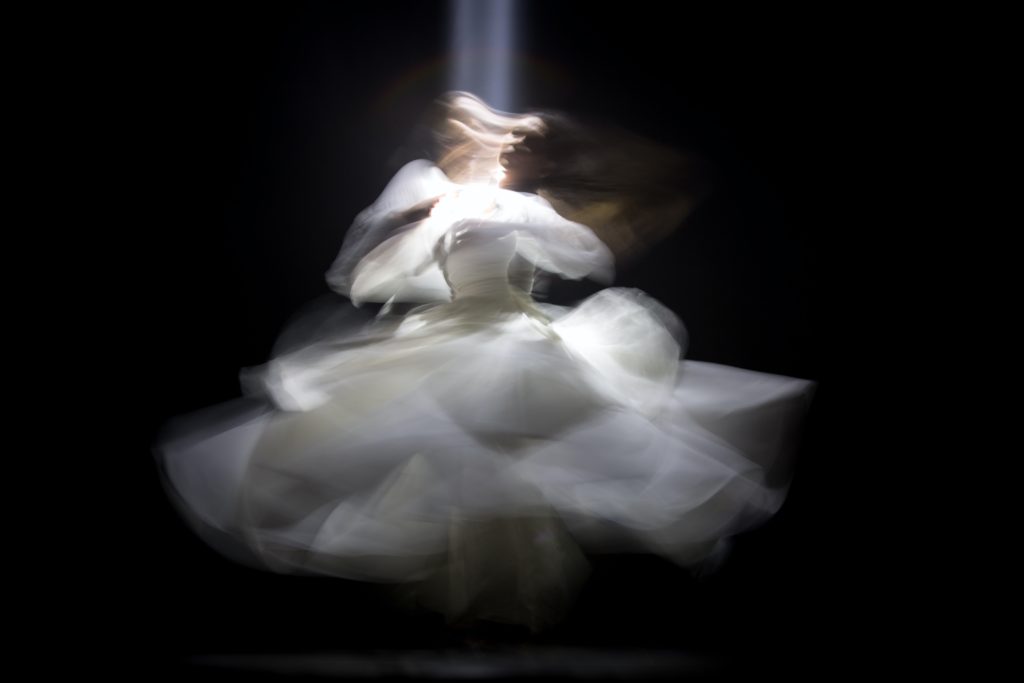 Photo by Ahmad Odeh on Unsplash
Photo by Ahmad Odeh on Unsplash
6) Tempo – Perform it fast, slow, or without moving (such as in the form of a pose).
7) Rhythm – Vary rhythm, not the tempo. For example, you could include a gallop when moving from one position to another instead of walking or running at a rate that matches the tempo of the song.
8) Quality – suspend the movement or sustain it. Suspending a movement simply means stopping it. Sustaining a movement is to continue it.
9) Instrumentation – Perform it with an alternate body part. For example, instead of extending your right arm, you could extend your left arm, left leg, or right leg.
10) Force – Vary how much energy you exert. For more passionate or strong emotions, use more force. To create more gentle, soft movements, use less force.
11) Background – Alter the design of your body from the original position and repeat the motif. Let the rest of the body do something while the motif is still going on. For example, sit instead of stand. Maybe try twisting your body while still performing the motif.
12) Staging – Change your position on the stage or the direction you are facing.
 Photo by David Gavi on Unsplash
Photo by David Gavi on Unsplash
13) Embellishment – decorate the movement to include ornamentation. For example, in the picture below the dancer is curving her wrist and her last three fingers to give a relaxed look to her arm movements.
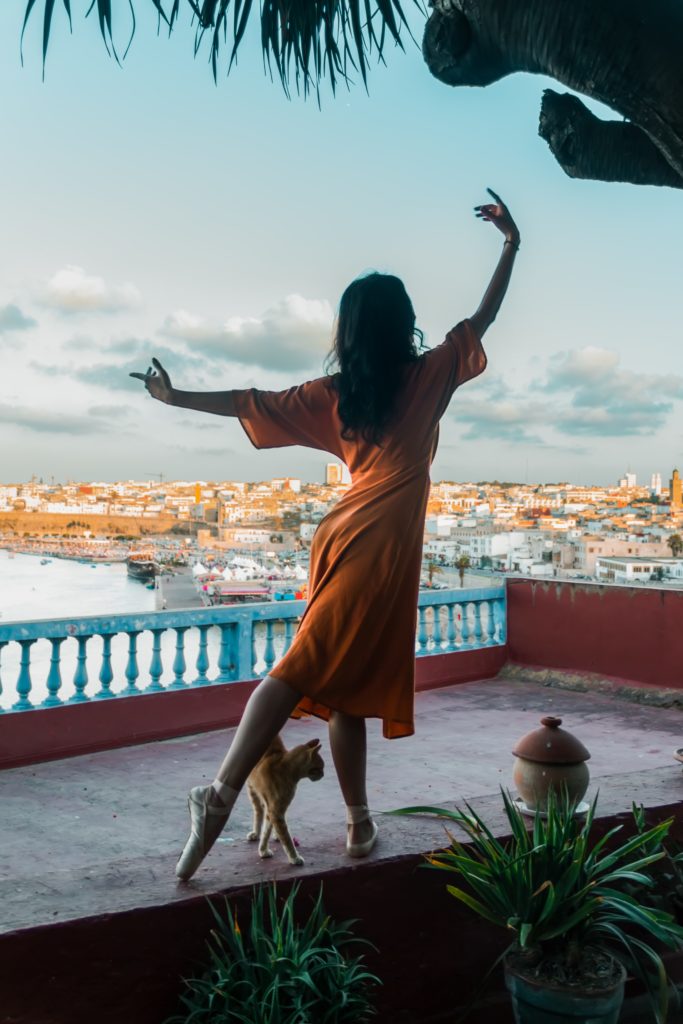 Photo by mehdi lamaaffar on Unsplash
Photo by mehdi lamaaffar on Unsplash
14) Levels – do the movement at a high, middle, or low level. See examples of movements at each of the different levels here.
15) Additive – include locomotor movements. Check out examples of locomotor and non-locomotor movements here.
16) Fragmentation – isolate a part of the motif. For example, if your motif movement (your main movement) is you opening your arms from above, try opening just with one arm in another part of your dance.
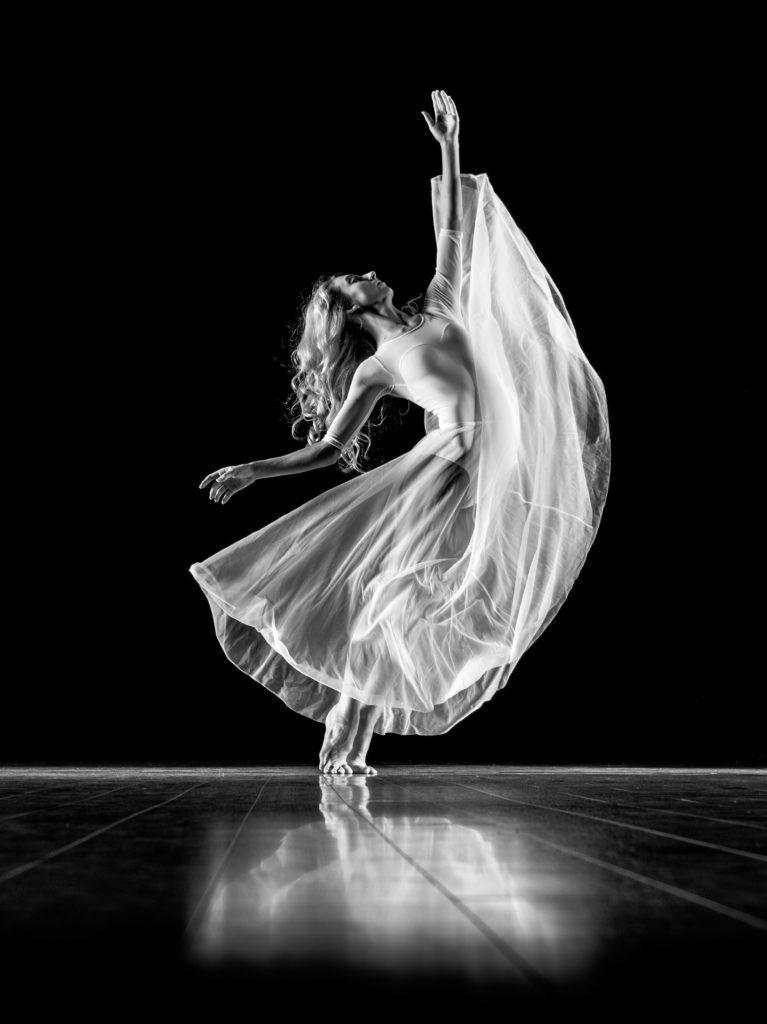 Photo by David Hofmann on Unsplash
Photo by David Hofmann on Unsplash
17) Combination – combine more than one manipulation at the same time.
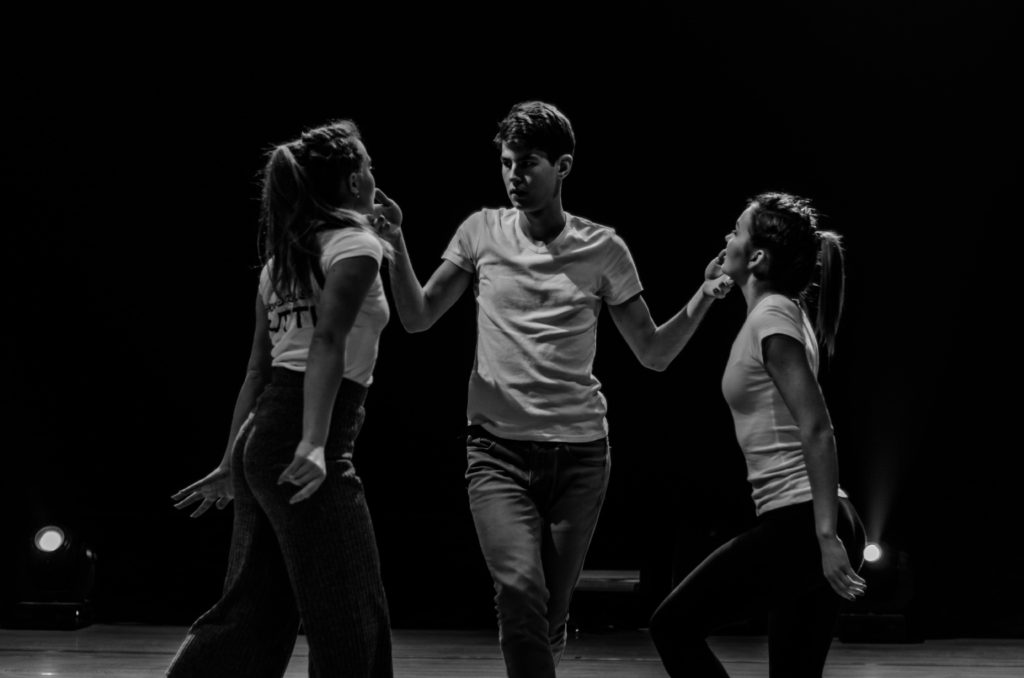 Photo by Vadim Fomenok on Unsplash
Photo by Vadim Fomenok on Unsplash
18) Repetition – Repeat the movement exactly the same. For example, you could repeat the same movements for the chorus of the song.
 Photo by Kinga Cichewicz on Unsplash
Photo by Kinga Cichewicz on Unsplash
19) Canon – Similar to ‘repetition’ but you’ll need at least two dancers to perform it. Each dancer repeats the same dance phrase one after the other. 3 different types of canons that you can utilize are simultaneous, synchronized, and augmented/diminished.
20) Size – Condense or expand the size to a small, medium, or large size. Check out examples here.
❤️ We hope you enjoyed our article “Choreographic Devices with Photo Examples”. If this article has inspired you in any way, please support us by sharing it with your loved ones. We are so grateful for your support as it helps us bring a little extra magic into the lives of more people. When you share, you show you care. ❤️
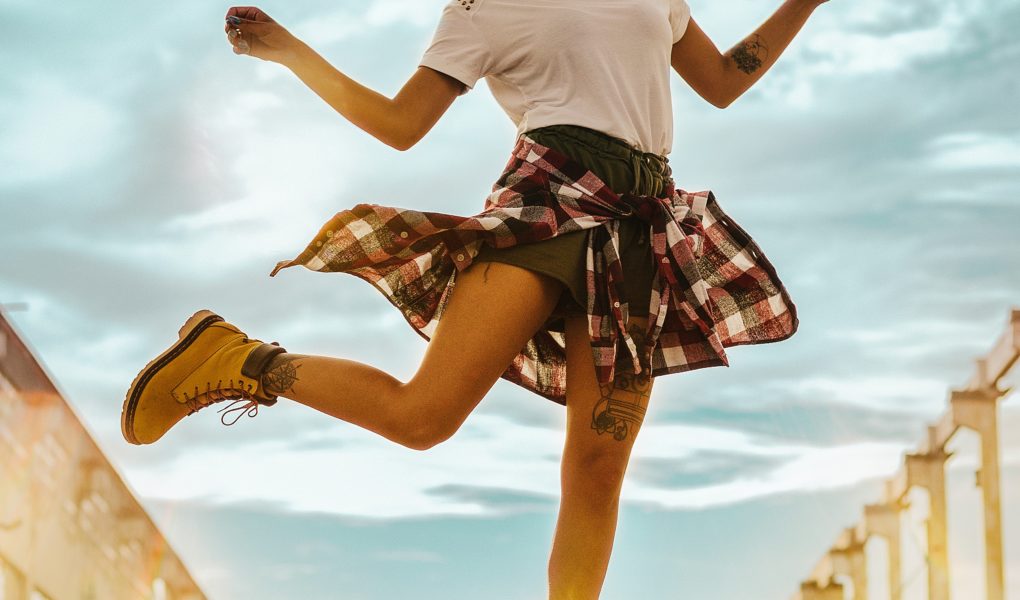

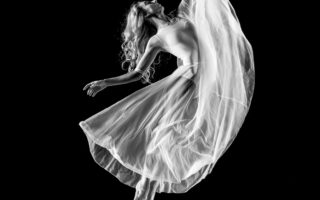

Thank you so much for this detailed breakdown
Joshua, you’re very welcome! Thank you so much for taking the time to leave a comment! I’m glad it could be of some help to you! All the best with your dancing goals and dreams!
Woww… I enjoyed every bit of it. I read it to the end, while reading I was already practicing 😂.
Thanks for this handout.
I’m so happy to hear that it was helpful for you! Have a great time practicing, and thank you for taking the time to leave a comment! I’ll be uploading more choreographic devices soon, so feel free to join my free mailing list for updates! Happy dancing!
What about Motif, Contrast, Accumulation, Fragmentation, and embellishment?
Hi Jamie! Fragmentation and Embellishment are located closer to the bottom of the page and I just updated the post to include Motif, Contrast and Accumulation. Thank you very much for your recommendation and feedback! I’ll also be adding some example videos to accompany each of the key terms on my website very soon. I hope you have a wonderful day!
Thank you!
I like it!
You helped me a lot with my homework 😆
Hi Hermione, that’s fantastic! When I was in high school, I wished that there was more information about dance theory! After graduating, I decided to upload the knowledge that I learned for others in the hopes that it could help them! Thank you so much for taking the time to leave a comment. I’ll be adding more dance information soon, so feel free to join my mailing list for updates! Happy dancing!
[…] Choreographic Devices with Photo Examples […]
THANK YOU SOOO MUCH FOR THIS! I was doing some homework and was struggling (and my friends were no help at all) and i saw this and it helped lots
Hi Grace! I’m so happy to hear that it was of help to you! I’ll be uploading more dance information soon, so feel free to stop by our website again. I’ll also be adding some mini dance video examples to help you get ideas for dance moves!
Smashing
Thank you for the support! I’ll be uploading more dance information soon so feel free to check back for updates!